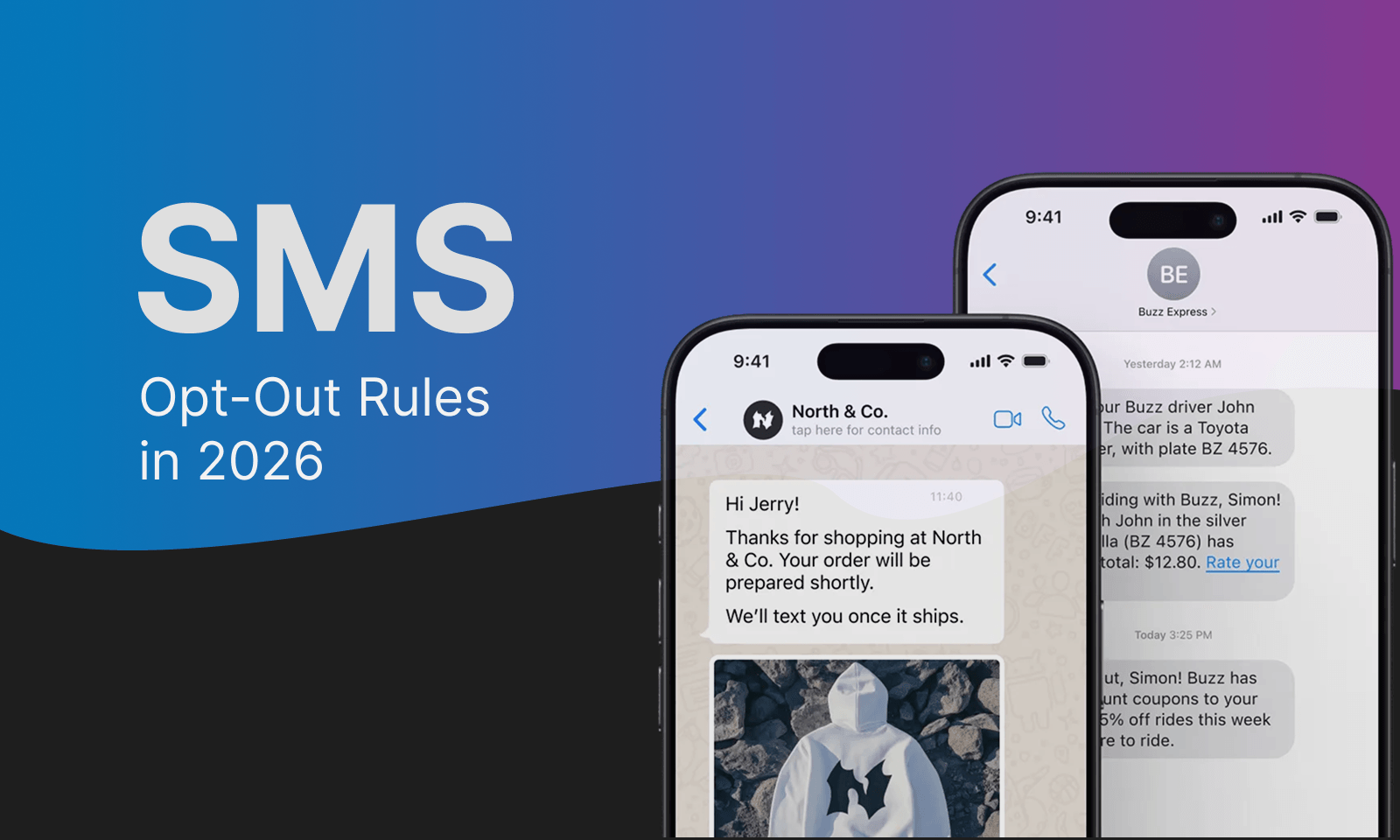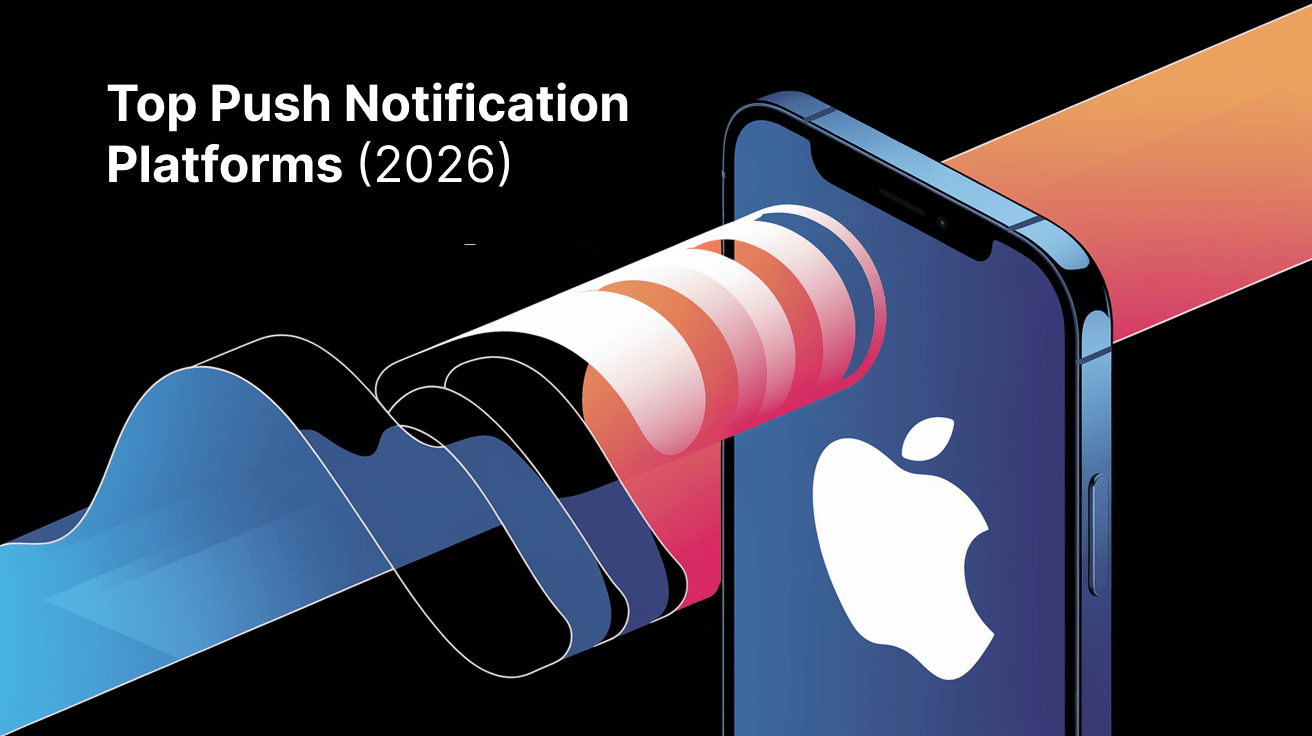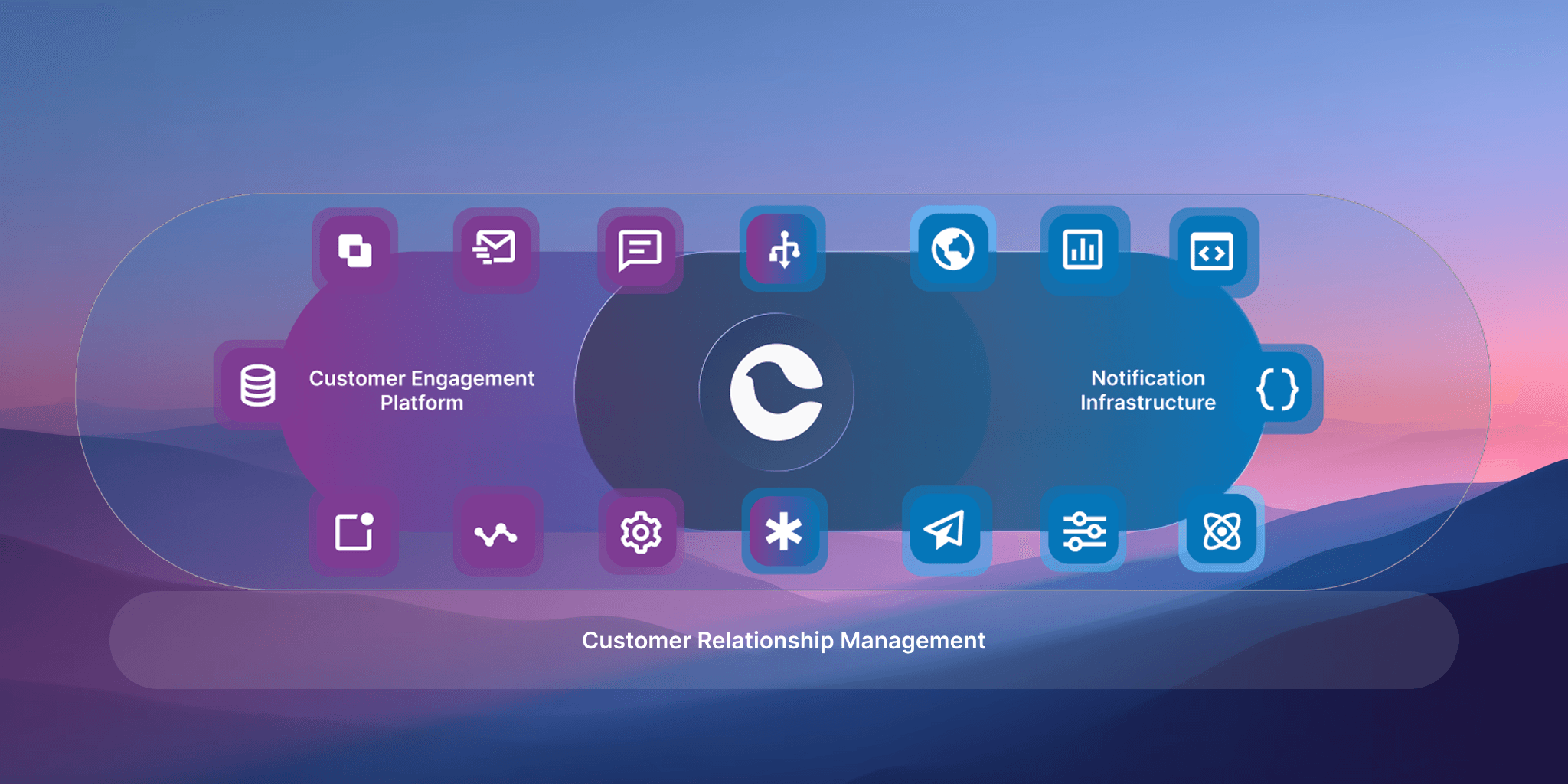Why Are We Okay with Notification Interruptions from Slack?
Melissa Brodsky
August 11, 2022

The daily bombardment of alerts dinging, beeping, and ringing from all those applications we use is enough to drive someone completely crazy. Yet, for some inexplicable reason, we allow ourselves to be interrupted by Slack in a way we wouldn’t from any other platform.
Even though it seems completely counterintuitive, and despite the sheer amount of daily notifications (because we still can get a bunch of notifications from Slack alone), we love and use Slack—a lot. It’s no wonder it’s the most popular platform, completely dominating the internal communications space.
The company has taken a holistic approach to its overall user experience and has created a product that delivers notifications that fit seamlessly into our lives. They’ve made it easy to set up, work, collaborate, and communicate all in one place. The onus tends to fall on SaaS product managers to build great user experiences for their customers. A major component of an app's UX is excellent communication that users can customize based on their own preferences and toolsets. Slack is one app that does this extremely well and PMs can learn a lot from its many integrations and malleable notification preferences.
What is it About Slack?
There’s a reason over 12 million people across the globe use Slack. It has everything to do with the fact that the platform incorporates so cohesively into our work lives that it’s impossible not to be a willing participant. Integrations and automations consolidate all the notifications in one place—completely reducing notification bombardment, thanks to all the preferences and controls they allow their users to set. This means the user is more apt to tolerate and act on them.
Sure, Slack is just another work tool, and this means we can’t exactly turn it off during work hours. But, because Slack’s preferences give us so much control over what we receive and when, even if we have it open in the background, we won’t be constantly disrupted by alerts throughout our entire day. Because we have power over the functions, we can snooze notifications, lower the volume, or even set our status to deter constant interruptions. Even better is that it’s easy to navigate for engineers and non-technical folks.
In theory, Slack doesn’t seem like the type of application we’d use so much, yet here we are. It doesn’t matter if your company works entirely remote or in-person; Slack makes working with colleagues easy. Cohesiveness produces better products.
Why, though?
It comes down to how well Slack does the integrations, automations, and notifications. It’s a platform that is so user-friendly in a way not many other platforms have accomplished. Here’s the thing: They are so open and obvious about their processes, which are fully documented on their site, that there’s no reason we shouldn’t take a page or two from their playbook when building an application.
Here are some of the things Slack does that would be beneficial to your product:
Whether they realize it or not, users expect to have control over their notifications. From volume control to delivery frequency, preference settings are essential when creating a successful application—Slack respects its users by only sending notifications they’d expect and nothing more.
Based on a belief that notifications are a relationship based on trust, Slack has an entire team devoted specifically to notifications. Because Slack only sends notifications their users expect and need, they’ve done a spectacular job instilling confidence between their platform and users, which makes the platform attractive to acquiring and retaining customers.
Slack offers something for everyone with robust key features such as IMs, file sharing, notifications, integrations, and group chats. The platform’s appeal extends across all departments, from design to engineering to marketing to sales—everyone loves it because there’s something for everyone to love.
Product and support teams use Slack to collaborate internally on roadmap and delivery tasks but also use Slack to stay close to customers via external channels.
Developers appreciate how easy it is to automate repeated tasks (via bots), control their focus hours, and save certain messages. Essentially, they can hack Slack to customize to their own needs, making it easier to meet the requirements product managers give them without worrying about distractions or inefficiencies.
Why Slack works so well
There are well over 2400 apps in the Slack app directory. Whether you have the free or paid version of Slack doesn’t matter; you gain access to everything they offer. And, chances are, because of how robust that library is, the apps you need to get your work done are available. Plus, if it’s an app you’re creating, it can be easily integrated.
Setting up all your Slack applications will help you communicate and collaborate more efficiently and effectively. Which, in turn, will boost productivity. Namely, you don’t have to leave the platform to toggle back and forth between all the different tools and applications you use— eliminating the clutter of open tabs and lowering frustration levels.
Notifications, whether in-app, SMS or email, should:
- Be actionable
- Be engaging
- Be relevant
- Be timely
- Be valuable
That’s precisely what users get when they connect Slack with the integrations. And that’s what most users would want from any application they’re receiving notifications from—their time and attention are too valuable to waste. When there’s no point in the alerts the user gets, they unsubscribe, silence, or delete the application entirely.
Thinking about your notification system
“Control in context is about presenting users with an opportunity to adjust their notification settings at the exact moment those settings are relevant.” –Liza Gurtin, former product lead, Slack.
Slack should be the benchmark when considering how you’re servicing your customers within your application. By allowing yourself full control of the notification experience, you are subscribed to relevant channels and can consume the notifications you want when you’re ready and available to receive them. Slack allows the right people, when setting the proper controls, to be notified at the right time. Which is what any good notification system should do.
By controlling your own notification experience, you can ensure that you're subscribed to all of the relevant notifications/channels/etc, but be able to consume those notifications when you're ready and available.
Some of the most popular integrations to check out are:
- Google Calendar: Add notifications to view your calendar and keep track of all your events
- Salesforce: Easily change lead status and receive timely alerts.
- Zoom: Meet directly through Slack, no switching back and forth through apps
- Github: Receive notifications, share links, close, open, and pull ticket requests, and use the deployment API
- Giphy: Search and send gifs to your colleagues. What working day is complete without having a giphy war?
When looking at your app functionality compared to popular Slack integrations, the most important takeaways for building a notification system should be user experience and control. Streamlining your users’ collaboration and processes combined with other productive functions will help improve the day-to-day work.
Slack exposes robust APIs that make the platform a desirable destination for building useful applications on top of it. Slack can be considered as an app store for workspace-related tasks, such as requesting PTOs (Lattice or other HR software), rewarding your co-workers for great work (HeyTacos), and automating code deployments (Github actions), communicating analytics or product KPIs on your team channel every morning, and the list goes on. Any question asked more frequently can be converted into some sort of automation in Slack. Engineers don't like to solve the same problem again or answer the same questions multiple times, so they naturally like Slack's extensibility.
What you should think about when implementing your notification system
Your users (and their customers) expect their information to be secure. Sensitive data is being sent regularly through SaaS platforms and are susceptible to breaches and hacks. Users expect their tools to maintain the highest security measures while providing an exceptional user experience.
People are working remotely and on the go, so being able to quickly and easily switch between devices is not only a necessity, it’s an expectation. Your app must seamlessly go from computer to phone to tablet for functionality, collaboration, and communication, but also to scale teams and approve workflows.
When thinking about what to implement into your own notification system, consider anything necessary for a company’s output to help your users make informed business decisions and to make the most of notifications that convert customers and increase buying power.
For the average user, they click the “Add to Slack” button and their chosen integrations are installed into their Slack workspace. As an product manager, you’re tasked with creating the customization to simplify your end-user experience. You must set smart defaults while allowing control to fall into your customer's hands.
The good news is that you don’t have to reinvent the wheel. APIs for many integrations are available and ready for you to use when building your own great notification system. Keep in mind that many 3rd-party services like Courier can handle any application builds for you, allowing you to focus on other important facets of your project. Sign up for Courier now to learn more about how we use Slack integrations.
When it comes to integrations, don’t cut corners. Otherwise, your customers will likely silence your app entirely.
The inspiration for this article comes from a Crafting SaaS episode where we discuss all things notifications and user expectations. You can check it out here:
Level up your product’s notifications with Courier. Sign up for a free account today!
Similar resources

SMS Opt-Out Rules in 2026
TCPA consent rules changed in April 2025. Consumers can now revoke consent using any reasonable method, including keywords like "stop," "quit," "end," "revoke," "opt out," "cancel," or "unsubscribe." Businesses must honor opt-out requests within 10 business days, down from 30. The controversial "revoke all" provision, which would require opt-outs to apply across all automated messaging channels, has been delayed until January 2027 and may be eliminated entirely. SMS providers like Twilio handle delivery infrastructure and STOP keyword responses at the number level. They don't sync opt-outs to your email provider, push notification service, or in-app messaging. That cross-channel gap is your responsibility. Courier provides unified preference management that enforces user choices across SMS, email, push, and chat automatically.
By Kyle Seyler
January 13, 2026

Top Push Notification Platforms For Product Teams To Boost Engagement In 2026
Push notifications drive 182% higher session rates when done right. This guide evaluates 12 platforms—including Courier, OneSignal, Firebase, Braze, and CleverTap—on delivery reliability, cross-channel orchestration, and developer effort. Learn which unified notification platform eliminates vendor sprawl while giving product teams the flexibility to ship notifications in days instead of months. We compare free tiers, pricing models, and key gaps each platform has compared to unified notification infrastructure.
By Kyle Seyler
January 09, 2026

Customer Engagement Platform vs CRM: Key Differences Explained
A CRM stores customer data: contacts, purchases, support tickets, and pipeline. It answers "who are our customers?" A customer engagement platform (CEP) orchestrates communication across email, push, SMS, in-app, and chat. It answers "what should we tell them next?" CRMs focus on historical records. CEPs process real-time behavior and trigger messages based on actions. Most teams need both, plus a third layer: notification infrastructure for reliable multi-channel delivery. Courier bridges CEP and infrastructure by combining routing, failover, and delivery tracking with engagement features like preference management, visual templates, and in-app notification centers.
By Kyle Seyler
January 07, 2026
© 2026 Courier. All rights reserved.